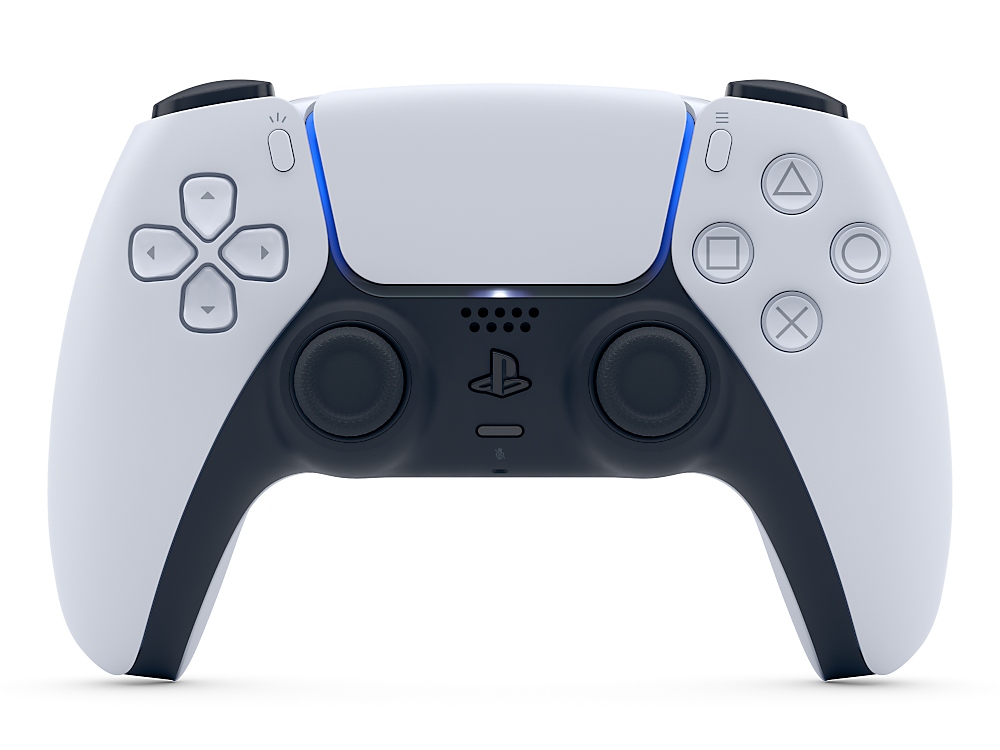LectureMaster
Or is it just one of Adam's balls in my throat?

Microsoft Patents Movable And Tunable Haptic Motors For Xbox Controllers
Microsoft has published a new patent that wants to add movable haptic motors to Xbox controllers that can also be tuned by the player.
 tech4gamers.com
tech4gamers.com
The Microsoft vs. Sony console arms race might have been concluded—at least officially—but the competition between the two giants certainly has not ended yet. Sony's haptic feedback tech has become the hallmark of the industry, with Xbox controllers still trying to catch up. However, a new tech patent published by Microsoft might just be Xbox's answer to surpass the DualSense controllers.
We've found a new Microsoft patent that wants to bring highly innovative and cost-effective haptic motors to Xbox controllers. These haptic motors can move inside the controllers instead of staying fixed in a single place to produce more organic vibrations.
Additionally, the haptic motors can be tuned in real-time by the players using tuners for further optimization.
"The concepts [Describe] a haptic response of a device by incorporating haptic subcomponents into a moving or flexible mechanical architecture of the device that allows for the haptic motor to move relative to a housing of the device."
Why it matters: The new Microsoft patent could be its response to Sony's highly popular haptic tech. Allowing movable and tunable haptic motors in controllers could revolutionize the technology.

The Microsoft patent dubbed 'TUNING HAPTIC FEEDBACK OF A DEVICE' talks about the benefits of using a movable and tunable haptic feedback motor inside the controller, like it can produce two resonance peaks. It basically means that the device can produce two different types of vibrations to add more depth to the haptic feedback.
The patent also argues that the current haptic motors used in controllers are expensive, heavy, and huge. Similar or even better results can be achieved using smaller motors that can move instead of staying fixed. In comparison, Sony DualSense and other controllers use rigid voice coil actuators that create vibrations by moving internal components instead of the entire motor.
"This allows for a lower cost, weight, size, and energy consuming haptic component to perform similar to a larger haptic component, or to enhance the haptic response of the larger haptic component."

All in all, Microsoft might integrate these movable haptic motors in its future lineup of Xbox controllers. The ability to tune the haptic feedback will also make each controller feel more personalized.
Microsoft has also secured many other innovative Xbox controllers over the years, such as one prototype that comes with a touchpad and another about a wild 'Adaptable Input' controller that resembles Nintendo's Joy-Cons. Xbox could use those controllers for its upcoming and highly rumored handheld.



